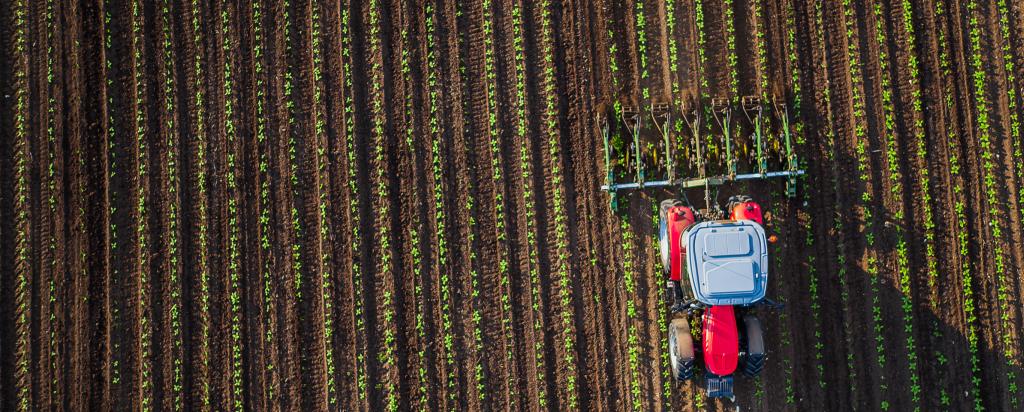
ANSTO has contributed to research that indicated agriculture affects the organic carbon storage in subsoil up to one metre and challenged the concept that subsoil is a stable repository of organic carbon.
The results of this research have recently been published in the prestigious journal Global Change Biology.
Lead investigator Eleanor Hobley and co-authors from the University of New England at Armidale, CSIRO Agriculture and ANSTO, reported that land-use change affects subsurface organic carbon over decadal timeframes, leading to large losses of young carbon down the entire soil profile.
The research, which was funded by a Department of Agriculture, Fisheries and Forestry* “Filling the Research Gap” grant, involved an investigation of organic carbon concentrations, fractions and isotopic values including radiocarbon in soil profiles from 12 sites in Eastern Australia under different land uses and climatic conditions.
Soil samples under native vegetation, crops and pastureland were used in the study.
Soil organic carbon (SOC), the amount of carbon stored in the soil, is a component of organic matter – plant and animal residues in various stages of decay.
Soil organic carbon is the basis of soil fertility. It releases nutrients for plant growth, promotes the structure, biological and physical health of soil, and acts as a buffer against harmful substances.
“It was known that when you go down into subsoil, the amount of carbon is reduced. However, it had been believed that the old carbon that was stored there was stable,” said Principal Research Scientist Dr Quan Hua, who undertook the measurements of radiocarbon in the soil samples at ANSTO's Centre for Accelerator Science.
“What we found challenges this concept,” said Hua.
Both SOC and soil organic radiocarbon (SO14C) were greatest at the surface and declined substantially with increasing depth (yielding greater apparent ages at depth) under native vegetation, crops and grazed pastures.
However, land-use change significantly modified the soil carbon system, which resulted in a substantial decrease not only in concentrations of SOC but also in SO14C content for the whole soil profile under agriculture compared with native vegetation.
The authors noted that a small reduction in the amount of fresh, young carbon inputs to the agricultural soil would result in older ages from decades to several thousands of years in these subsoils compared to those of native sites.
Seasonal rainfall was identified as a possible key driver of radiocarbon content, because it can translocate fresh, young organic carbon from the surface to the subsoil.
Regardless of the mechanism responsible for the reduction of SO14C, the authors stress the driver of change is the lack of a supply of fresh, young carbon to the soil as the biomass produced is harvested from the agricultural system.
Hua uses radiocarbon as a tracer and chronometer of atmospheric and ocean processes.
http://onlinelibrary.wiley.com/doi/10.1111/gcb.13379/full
* Now the Department of Agriculture and Water Resources